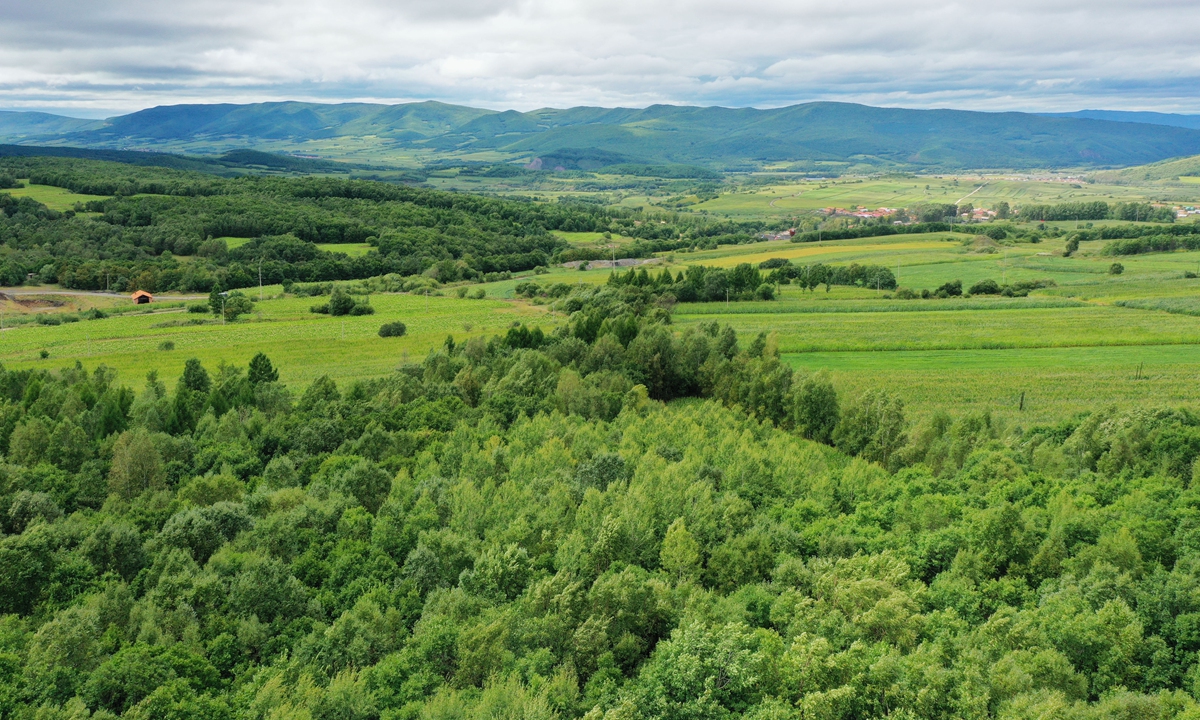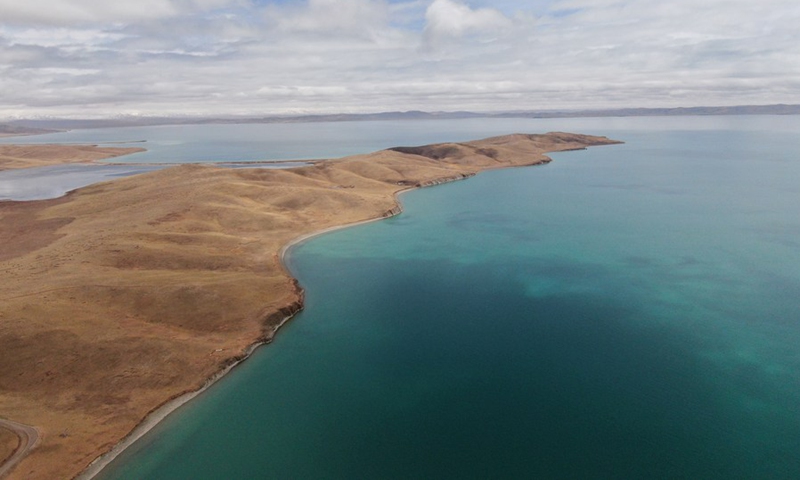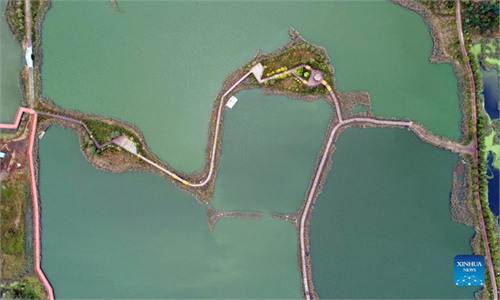ARTS / CULTURE & LEISURE
China announces new criteria for national park applications

A view of the Northeast China Tiger and Leopard National Park Photo: IC
At a press conference on Monday, China's National Forestry and Grassland Administration introduced the criteria and requirements to apply for national parks status in China.Approval for national park status is mainly determined by three main criteria: ecological importance, management feasibility, and whether the park can be considered a "representative" of the nation.
This "representative nature" is the most important factor that will be considered, Tang Xiaoping, deputy dean of the Planning and Design Institute of the State Forestry and Grassland Administration, stressed at the conference.
To qualify for this, the park must represent the country's unique ecological achievements or be a key protection area for the country's wild plant and animal species. Also, the park's natural landscape or culture must have national, or even global, significance.
A national park must also operate in accordance with China's overall and long-term interests.
Management feasibility refers to a park's ability to provide the public with national-level education opportunities that also allow visitors to enjoy these valuable natural resources.
The press conference comes after the National Park Administration announced 2021's first batch of new national parks in early June.
Since 2015, when China launched a pilot national park system, 10 parks more than 200,000 square kilometers in size have been given pilot national park status, including the Qilian Mountain National Park along the border of Northwest China's Gansu and Qinghai provinces and the Northeast China Tiger and Leopard National Park, which has helped increase the population of wild Siberian tigers and Amur leopards 50 to 60 in less than five years.
On October 12, China officially announced the country's five national parks that are also the "first batch initiative": the Sanjiangyuan (the Three-River-Source) National Park, the Giant Panda National Park, the Northeast China Tiger and Leopard National Park, the Wuyi Mountain National Park and the Hainan Tropical Rainforest National Park.

Aerial photo taken on May 25, 2021 shows a view of Ngoring Lake in the Sanjiangyuan National Park in Golog Tibetan Autonomous Prefecture of northwest China's Qinghai Province.(Photo: Xinhua)

Photo taken on April 1, 2020 shows wild macaques in Wuyishan National Park in southeast China's Fujian Province. Wuyi Mountain has a comprehensive forest ecosystem representative of the mid-subtropical zone. It boasts diverse groups of plants due to its varying altitudes. Wuyishan National Park was established in 2016.(Photo: Xinhua)



